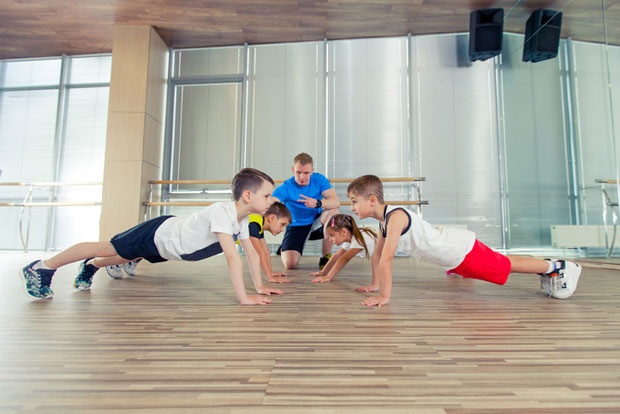Children are exposed to environments that can be threatening to their health. And in most cases parents find themselves panicking because something strange is happening to their child. As a result parents find themselves rushing for home remedies without thinking of the medical implications they have.
Dr Claudia Gray, a paediatric allergist says she deals with many cases where parents self-medicate and only once the home remedies don’t work do they consult with a GP. Often children have unknown allergies or misdiagnosed or the symptoms are similar to other conditions.
Dr Gray says to avoid self-diagnosis and she encourages parents to have their children tested correctly to determine if they have an allergy.
“Specialist allergist are available to make the correct diagnosis and dispel allergy myths and institute a management plan.”
“As a paediatric allergist I spend as much time counselling families that their issues are not due to allergies as do I diagnose allergies”, she says.
1. Allergy to exercise

It may seem bizarre, but some people can have an allergic reaction during exercise that can lead to anaphylaxis.
For some people, specific foods trigger anaphylaxis when exercise follows ingestion. Others suffer from anaphylaxis after meals followed by exercise, a study published in the International Archives of the Allergy and Immunology journal explains.
According to an article published in American Family Physician, exercise can produce a spectrum of allergic reactions ranging from erythematous, irritating skin eruptions to a life-threatening anaphylactic shock.
Parents should be on the lookout for hives, swelling, trouble breathing, wheezing, low blood pressure, severe itching, nausea and headaches during exercise.
2. Allergies to henna tattoos

Children are often attracted to the henna stall at markets or fairs where they can get a temporary henna tattoo. Henna is a reddish-brown or greenish-brown vegetable colouring derived from the leaves of the henna plant.
Cases reported that some children can be allergic to para-phenylenediamine (PPD) that’s used to darken the natural henna form.
In some cases, the henna-tattooed skin will swell and blister, often keeping the shape of the original tattoo. In severe cases it can lead to scarring so beware of those fun holiday tattoos!
3. Allergies to certain food additives

Many substances are added to food to flavour or preserve the food. Reactions to preservatives and additives are rare, but can lead to unexpected allergic-type reactions.
Dr Gray describes her experience working with children allergic to Monosodium glutamate (MSG).
“I have recently seen a spate of rashes or even drop in blood pressure/increase in heart rate in response to the anti-oxidant TBHQ (tertiary butylhydroquinone), commonly added to health bars and crisps.”
Excessive consumption of MSG can lead to the “Chinese restaurant syndrome” according to an article in Monosodium glutamate ‘’allergy’’: menace or myth. It causes symptoms that include headaches, body pains, chest tightness, flushing and sweating. Dr Gray says these symptoms can mimic anaphylaxis, but is a chemical reaction to the MSG instead.
“I have seen a few children end up in the ER with this somewhat mysterious reaction after eating highly flavoured foods and even Chinese sherbet!”
According to Dr Gray, a MSG reaction usually subside within one to two hours as the body metabolises the MSG.
Dr Gray encourages parents not to take allergy-like symptoms lightly and to consult with medical professionals to get the proper treatment.









